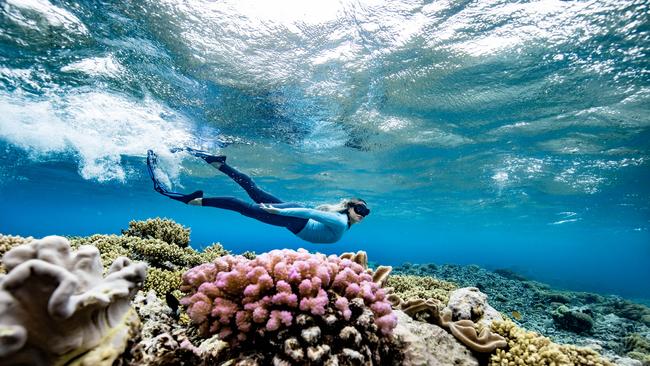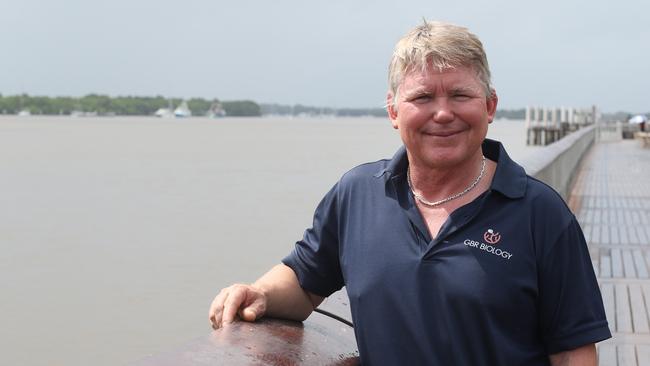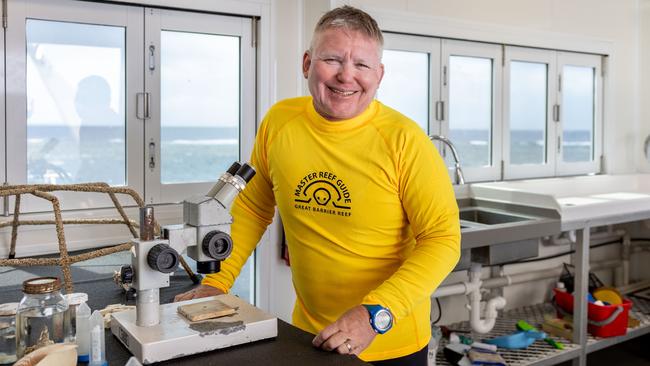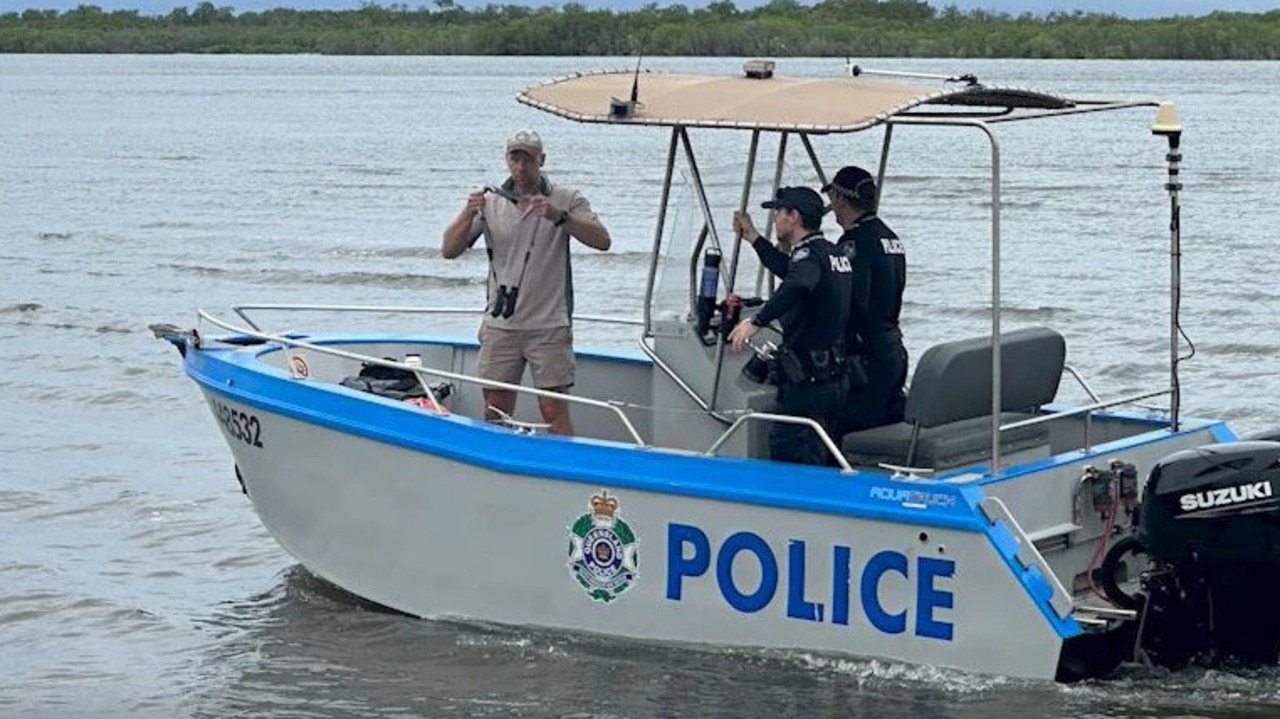Marine biologist backs funding for tourism operators to play key role in Great Barrier Reef restoration
Scattered coral skeletons have transformed into a vibrant reef wall with tourism playing a key role in revitalising one of the world’s great natural wonders, a Far North marine biologist says.

Cairns
Don't miss out on the headlines from Cairns. Followed categories will be added to My News.
Scattered coral skeletons have transformed into a vibrant reef wall with tourism playing a key role in revitalising one of the world’s great natural wonders, a Far North marine biologist says.
In 2011, Cyclone Yasi decimated sections of the Great Barrier Reef between Cairns and Townsville, severely impacting marine life following the natural disaster.

Dr Eric Fisher said Moore Reef, located around 50km east of Cairns, suffered significant damage as a result of the category five system.
“We identified an outer reef wall that we’ve monitored there pretty closely for 20 years,” the Reef Unlimited tour guide said.
“We saw a significant decline in coral cover from 95 per cent to 10 per cent from Yasi. It created a large rubble field to the rear of the reef.
“Those coral skeletons are a very poor place for corals to grow.”
Through the $5m federally-funded Tourism Reef Protection Initiative and other similar projects, areas like Moore Reef can be restored, Mr Fisher said.
“What we did see is that (reef) wall recover on its own to 95 per cent coral cover prior to last summer,” he said.
“What we have shown is that we’ve increased coral cover by 60 per cent. We did this in four years.
“For that to transform that rubble habitat to a live coral habitat naturally would take 20 to 30 years to look like a natural reef.
“That’s where these programs are really essential, like identifying those areas that we can assist.”

On Friday, Special Envoy for the Great Barrier Reef, Senator Nita Green announced that 25 marine tourism operators from across the Great Barrier Reef will provide reef protection services next year.
“These tourism operators are in the water every day, so are really well placed to play this important monitoring and protection role,” Ms Green said.
“Marine Park tourism operators are well equipped to respond to significant weather events and provide invaluable information on impacts and recovery.”
As part of the program, tourism operators have delivered 26 site stewardship plans which include activities like surveys, removing pest species and assisting in recovery and site-intervention activities in high priority areas.
“We can tell that story to the world,” Dr Fisher said. “It very much puts tourism at the forefront of conservation. We have the world on our boats every day.
“They want to see action taking place. They want to see that connection. They want to see that passion.
“Those areas that are challenged, we can help which boosts that overall natural resilience, so increase those new babies and new coral cover.”
More Coverage
Originally published as Marine biologist backs funding for tourism operators to play key role in Great Barrier Reef restoration




